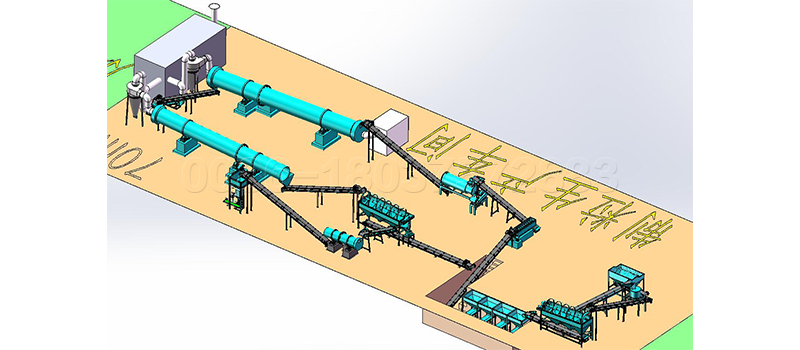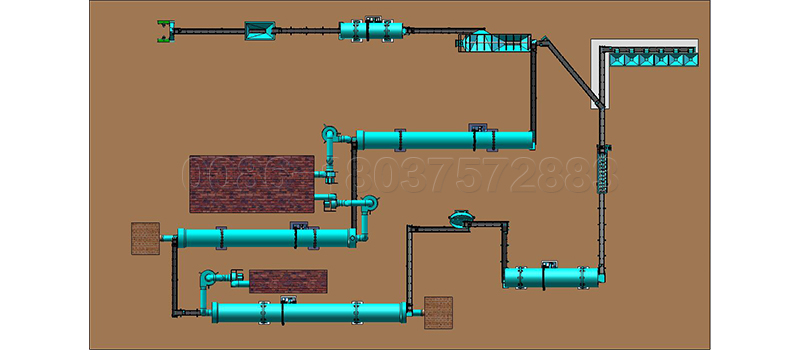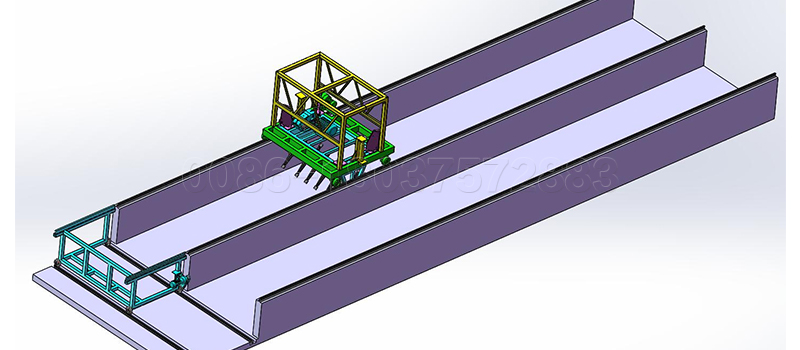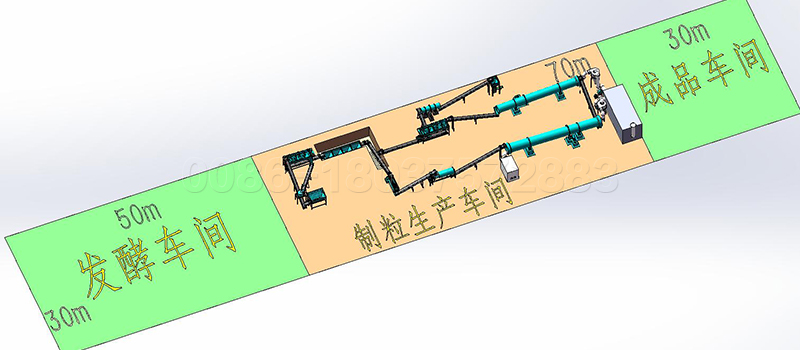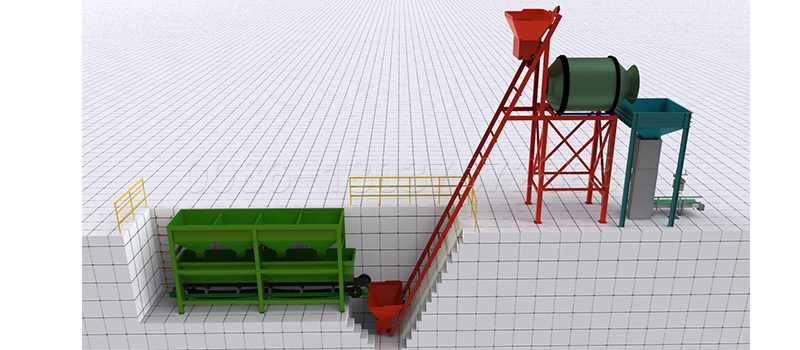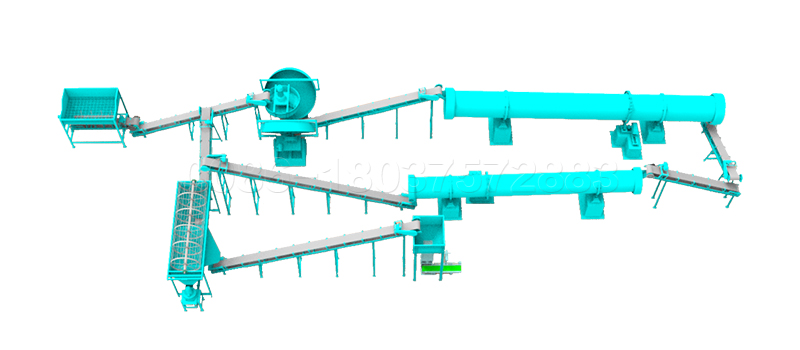Organic fertilizer refers to all kinds of animal manure (including animal manure and animal processing waste) and plant residues (cake fertilizer, crop straw, leaves, dead branches, peat, etc.) by physical, chemical, biological or organic methods.
The three treatment technologies remove pathogens, viruses, insect eggs, grass seeds, harmful gases and liquids carried by animal debris through standard decomposition process, and fertilizer types that meet relevant national standards. After processing through the organic fertilizer production line, harmful substances are removed and rich in a large number of beneficial substances.
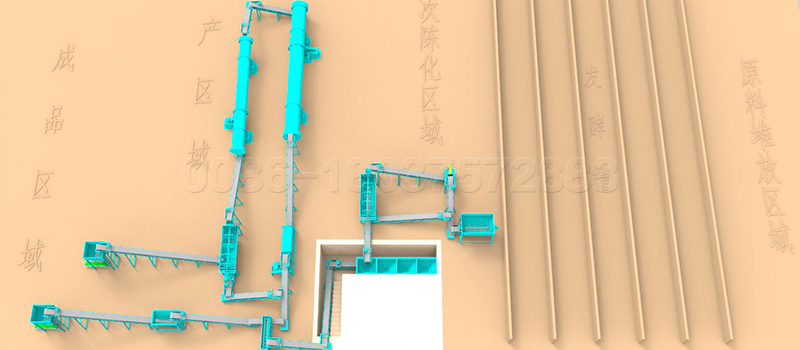
The biggest advantage of organic fertilizer is that it can improve soil hardening and heavy metal pollution, and restore the soil microbial ecology caused by excessive application of chemical fertilizer.
The organic fertilizer granulation production line can process fertilizer into particles or powder. If it is powdery, just crush it. However, if it is granular, the powdered fertilizer needs to be granulated through the fertilizer granulator to obtain granular fertilizer. Fertilizer granulation is an important process in the manufacturing process of organic fertilizer.
Granulation quality affects fertilizer quality. The final finished fertilizer.
In the actual agricultural production, most farmers still choose to use granular organic fertilizer. So why granulate fertilizer in the manufacturing process of organic fertilizer? What are the advantages of powder compared with organic fertilizer? Find machines for organic compound fertilizer production, welcome to https://organicfertilizermachines.com/
1. Fertilizers with very low water solubility are usually crushed into small particles to ensure that they are quickly and effectively dissolved in the soil and absorbed by plants.
2. The control of fertilizer particle size is very important for the storage and transportation of fertilizer. Good granulation makes organic fertilizer not easy to agglomerate and better transportation performance.
3. Some inorganic components can be added in the manufacturing process of organic fertilizer to improve the fertilizer efficiency of organic fertilizer. If inorganic components are added to powdered fertilizer, it is easy to absorb moisture and caking.
4. Fertilizer granulation improves agricultural technology. Fertilizer particles play the role of slow-release fertilizer effect. Fertilization is convenient and not easy to be blown away by the wind.
The new organic fertilizer granulator, disc granulator, flat mold granulator and ring mold granulator produced by our company are widely used in the organic fertilizer granulation production line to meet the different production needs of customers and achieve good economic benefits.



